93-Million-Year-Old Crocodile Fossil Discovered With Unexpected Item in Its Stomach
Researchers used an advanced scientific instrument to examine the fossilized remains of a 93-million-year-old crocodile and were astounded to discover what the reptile’s last meal was.
Discovered in Australia over a decade ago, the meticulous examination of the reptile’s stomach has led to a profound understanding of crocodile’s diet during that era and the hunting techniques they employed to catch their prey.
Prehistoric Crocodiles
Crocodiles are some of the oldest reptiles on Earth, having been around for millions of years.
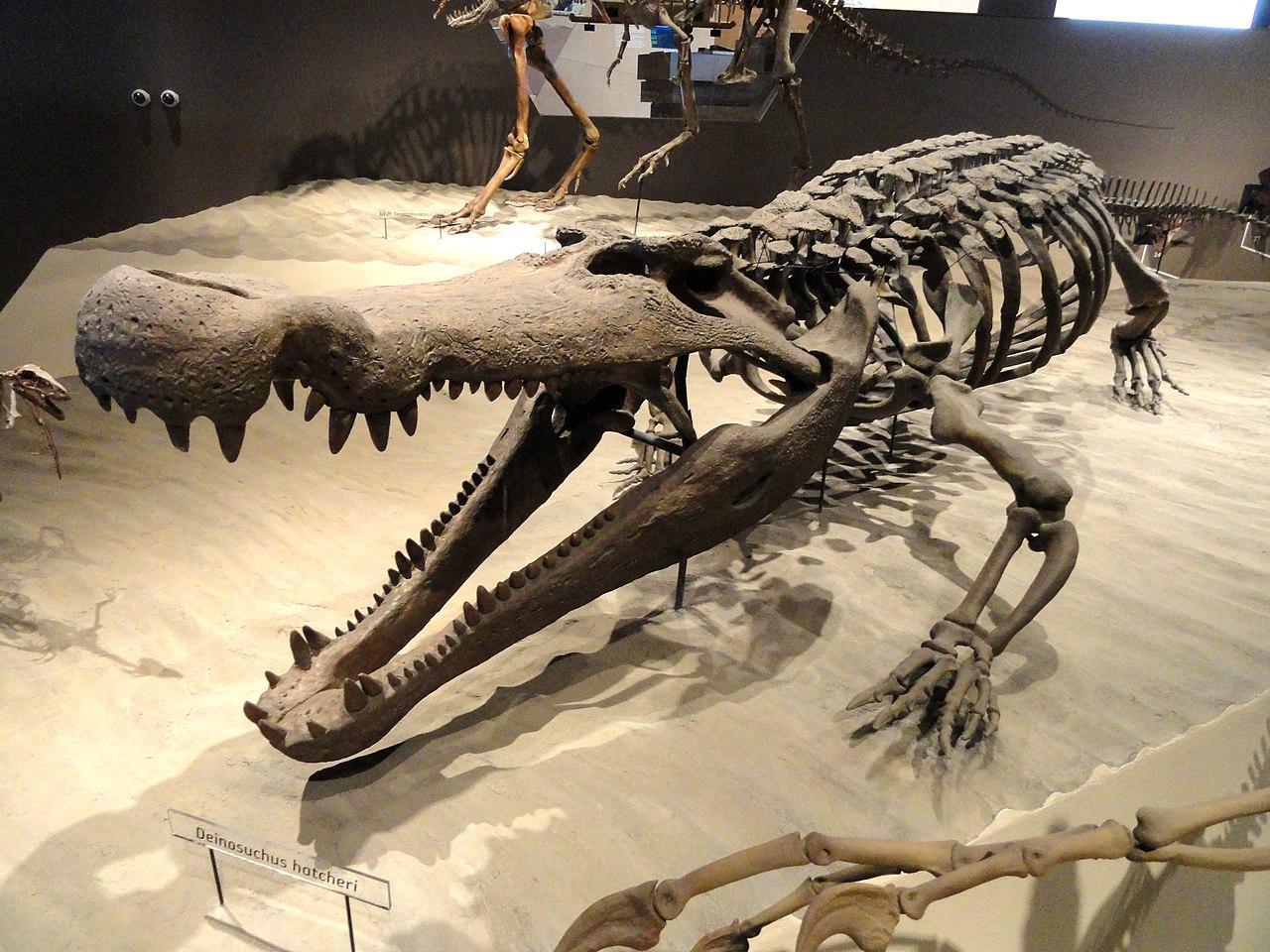
Source: Wikimedia
The thick-skinned and long-tailed predatory reptiles share a common heritage with dinosaurs, which are part of a group known to researchers as archosaurs, or “ruling reptiles,” which emerged during the Early Triassic period some 250 million years ago.
The Emergence of Modern Crocodiles
The earliest crocodilian, a group consisting of crocodiles, alligators, and caymans, only arose 95 million years ago during the Late Cretaceous period.
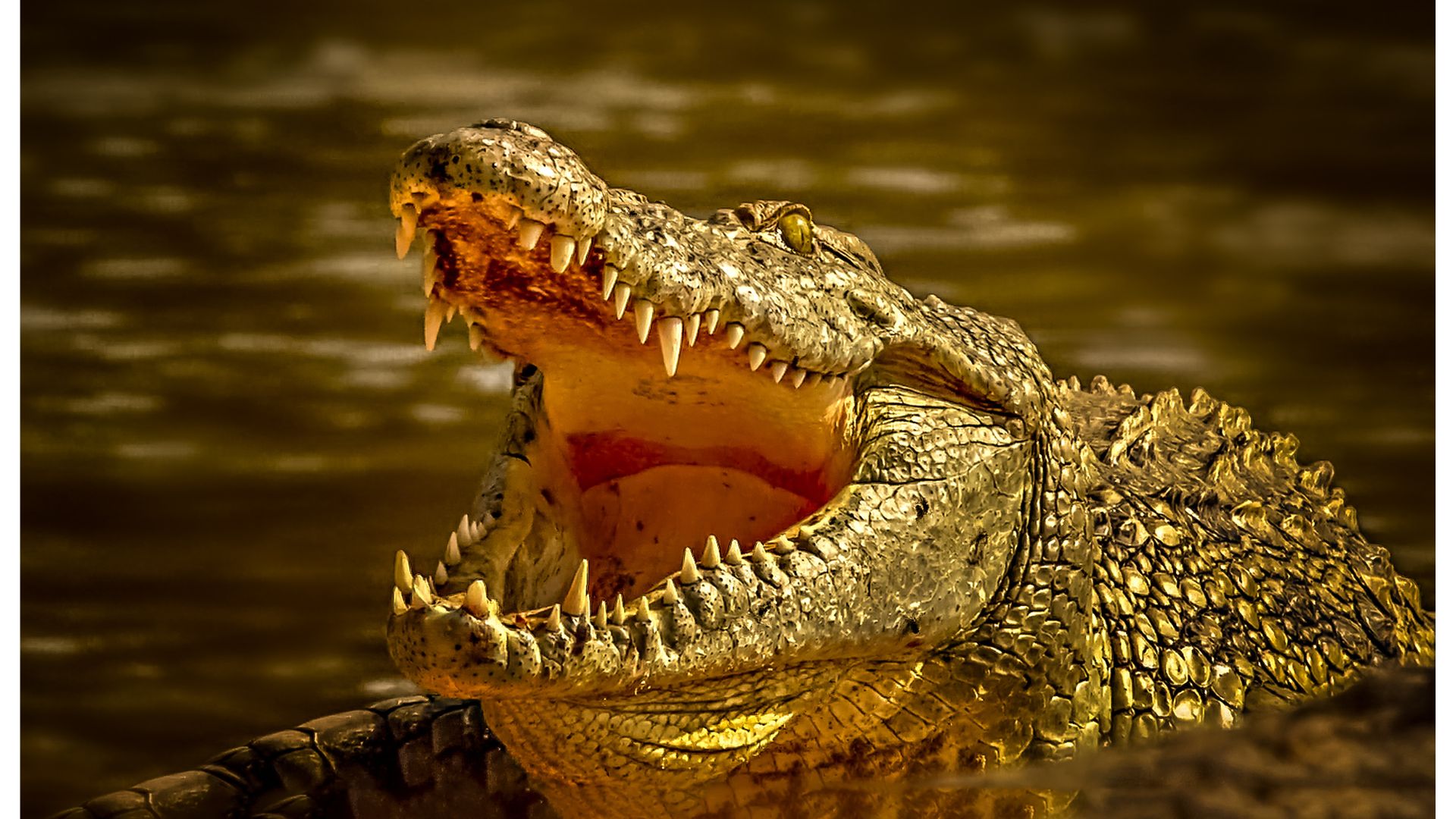
Source: Ray Bilcliff/Pexels
Alongside the semiaquatic reptiles, the only other known archosaurs that survived through to the modern era are birds.
The Discovery of a 93-Million-Year-Old Crocodile
Crocodiles have existed for tens of millions of years, and plenty of fossils belonging to reptiles have been found throughout the world.
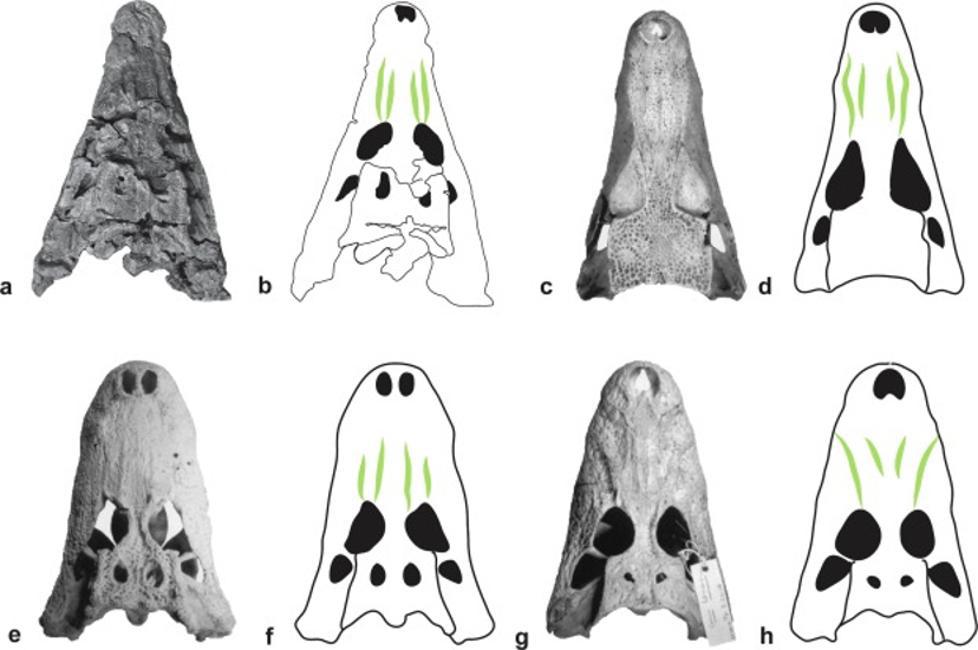
Source: Science Direct
In 2010, a team of researchers made a ground-breaking discovery after unearthing the fossilized remains of a 93-million-year-old crocodile named Confractosuchus Sauroktonos, or “broken crocodile dinosaur killer.”
The Contents of the Crocodile Stomach
Despite being one of the oldest crocodiles ever discovered, the researchers were fascinated by its stomach contents rather than its age.
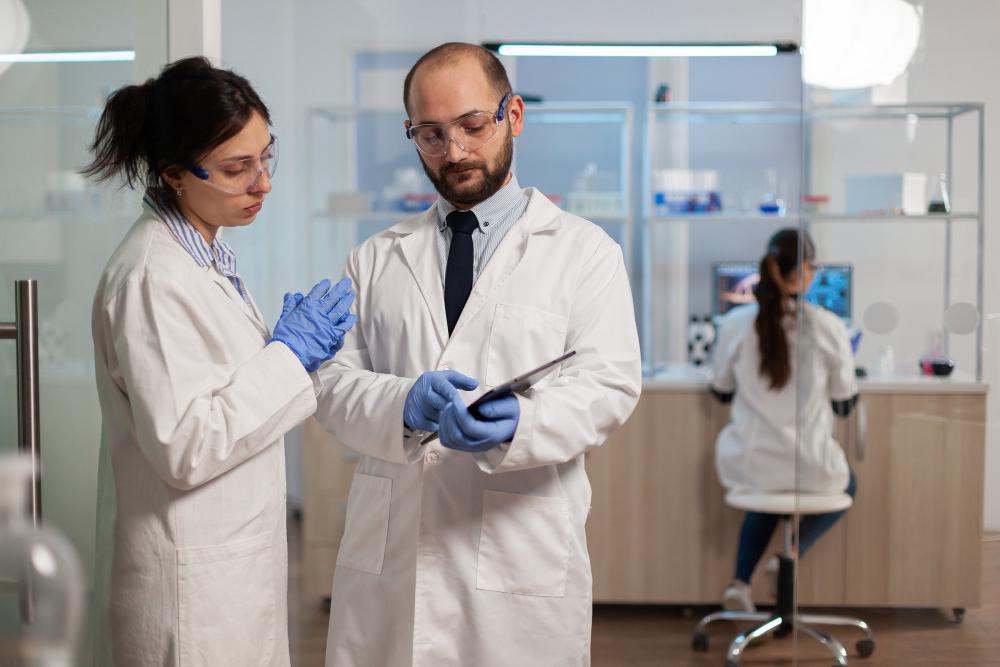
Source: Wikimedia
The Australian Age of Dinosaurs Museum unearthed the fossils working alongside the University of New England. The team of researchers later published a study on their findings in the journal Gondwana Research.
Researchers Discover the Remains of a Young Dinosaur
The researchers analyzed the remains of the crocodile unearthed in Central Queensland using advanced nuclear and synchrotron imaging.
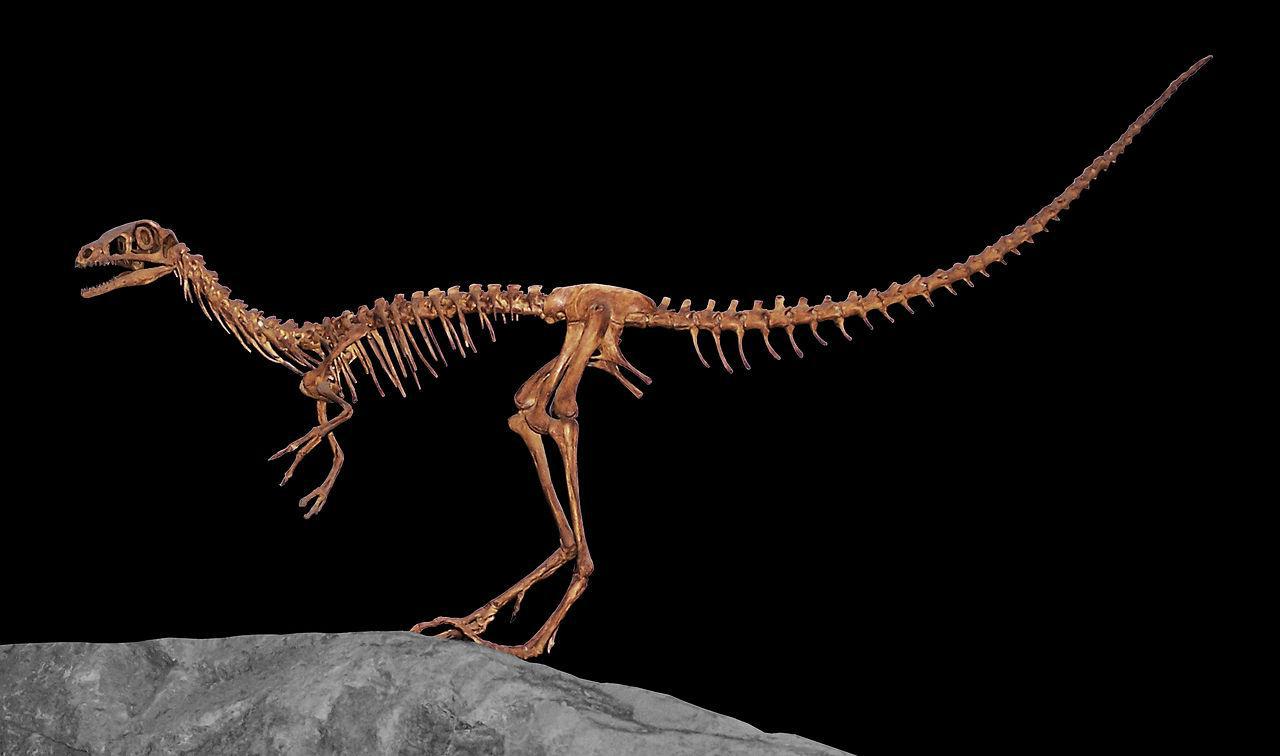
Source: Wikimedia
This allowed the scientists to scan the contents of the reptile’s stomach, and they were shocked to discover the remains of a small chicken-sized dinosaur.
Rare Neutron Instrument Makes Remarkable Discovery
Senior Instrument Scientist Dr Joseph Bevitt explained that the remnants of the dinosaur bones were deeply embedded within the fissile rock. However, the researchers made their discovery thanks to the state-of-the-art neutron imaging instrument.
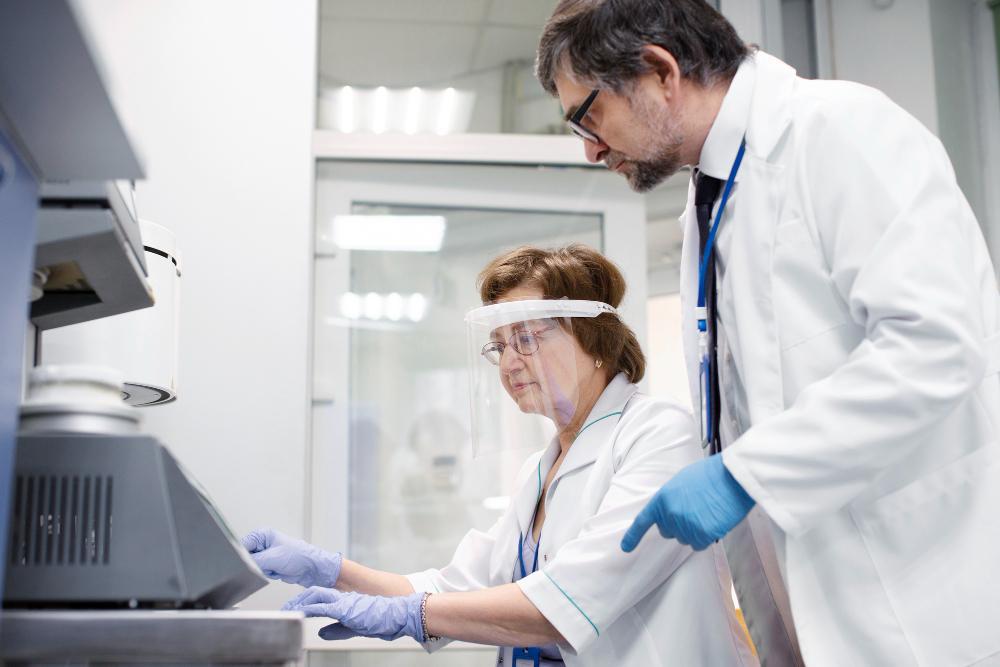
Source: Wikimedia
“In the initial scan in 2015, I spotted a buried bone in there that looked like a chicken bone with a hook on it and thought straight away that it was a dinosaur,” explained Dr Bevitt.
Human Eyes Could Have Never Made the Discovery
Speaking on the nature of the find, Dr. Bennett explained, “Human eyes had never seen it previously, as it was, and still is, totally encased in rock.”
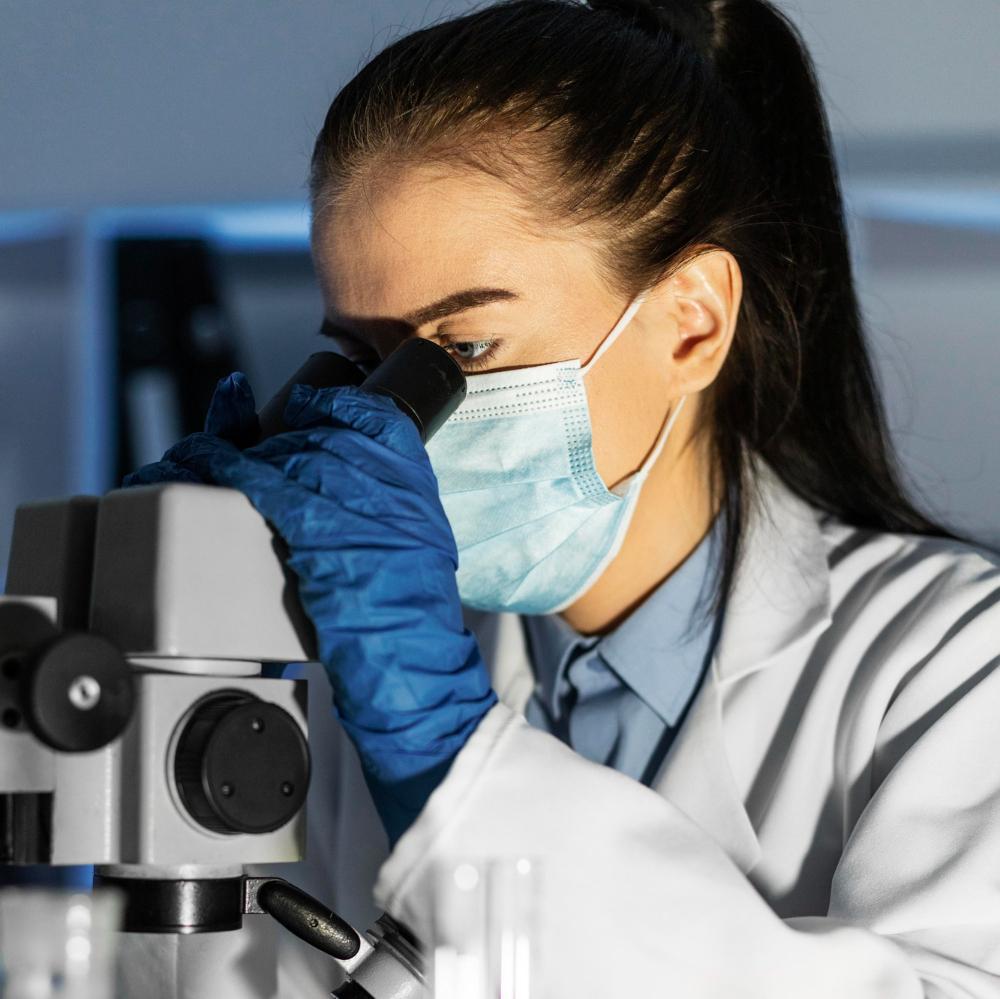
Source: Freepik
He continued, “3D digital scans from the Imaging and Medical Beamline guided the physical preparation of the crocodile, which was impossible without knowing precisely where the bones were.”
Researchers Obtain Insight Into the Crocodile’s Life
This ancient crocodile was thought to have measured 2.5 meters, just over 8.2 feet in length, and may have died during a flood.
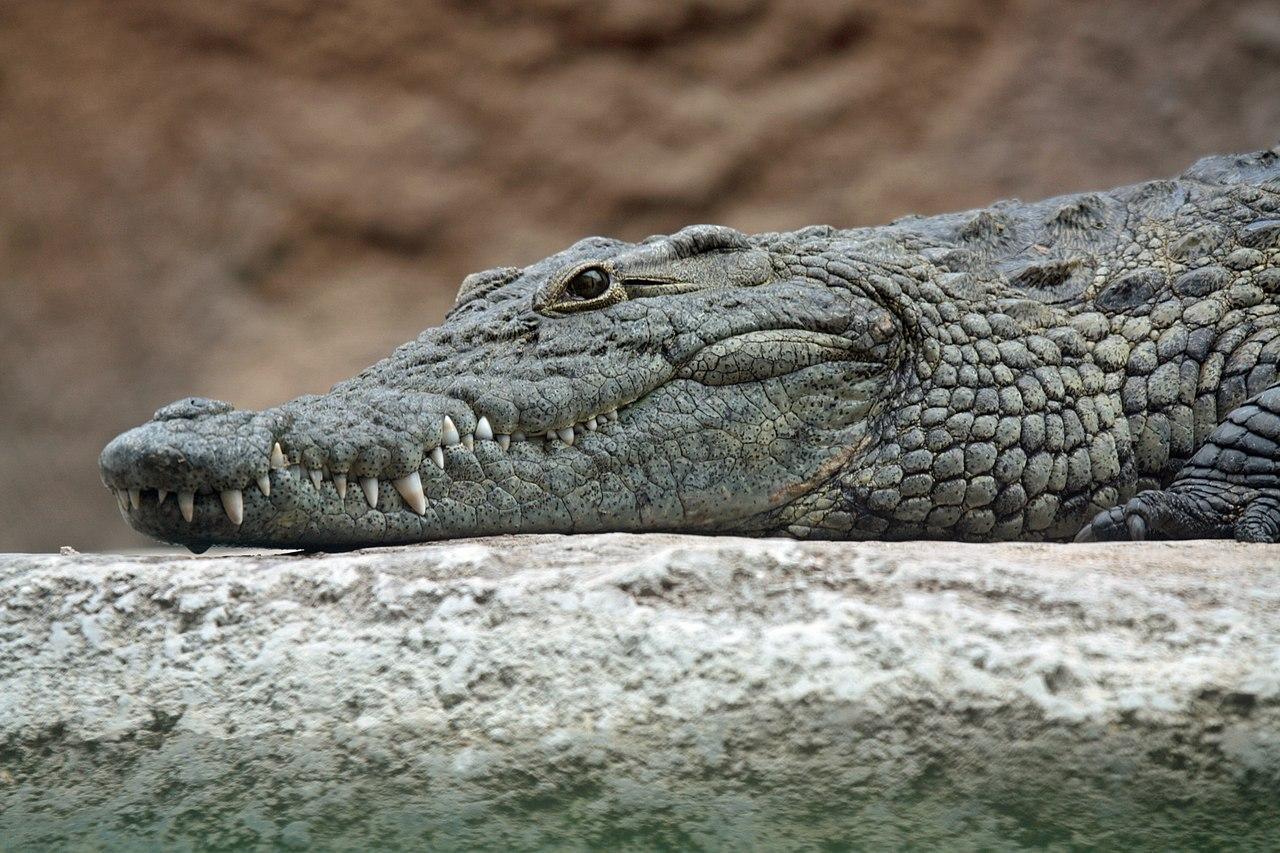
Source: Wikimedia
The fossilized remains gave researchers considerable insight into the reptiles’ predatory life. The remains of a small dinosaur in its stomach are one of few examples suggesting that crocodiles did, in fact, prey upon their genetic cousins.
An Entire Picture of the Crocodile and its Stomach’s Contents
The state-of-the-art neutron instrument which allowed the researchers to create precise 3D images of the crocodile encased in the rock.
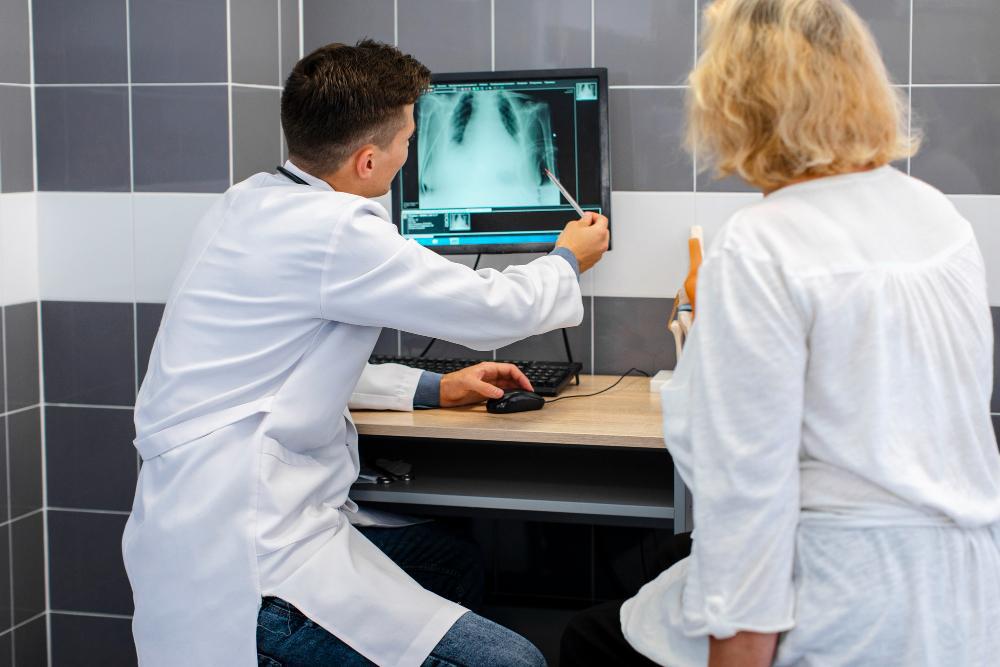
Source: Freepik
Speaking on the outcome, Dr. Bevitt said, “The results were outstanding in providing an entire picture of the crocodile and its last meal, a partially digested juvenile dinosaur.”
Why Was the Crocodile Preserved so Well?
Speaking on the well-preserved nature of the fossils, Dr. Bevitt explained, “The fossilized remains were found in a large boulder. Concretions often form when organic matter, such as a crocodile, sinks to the bottom of a river.”
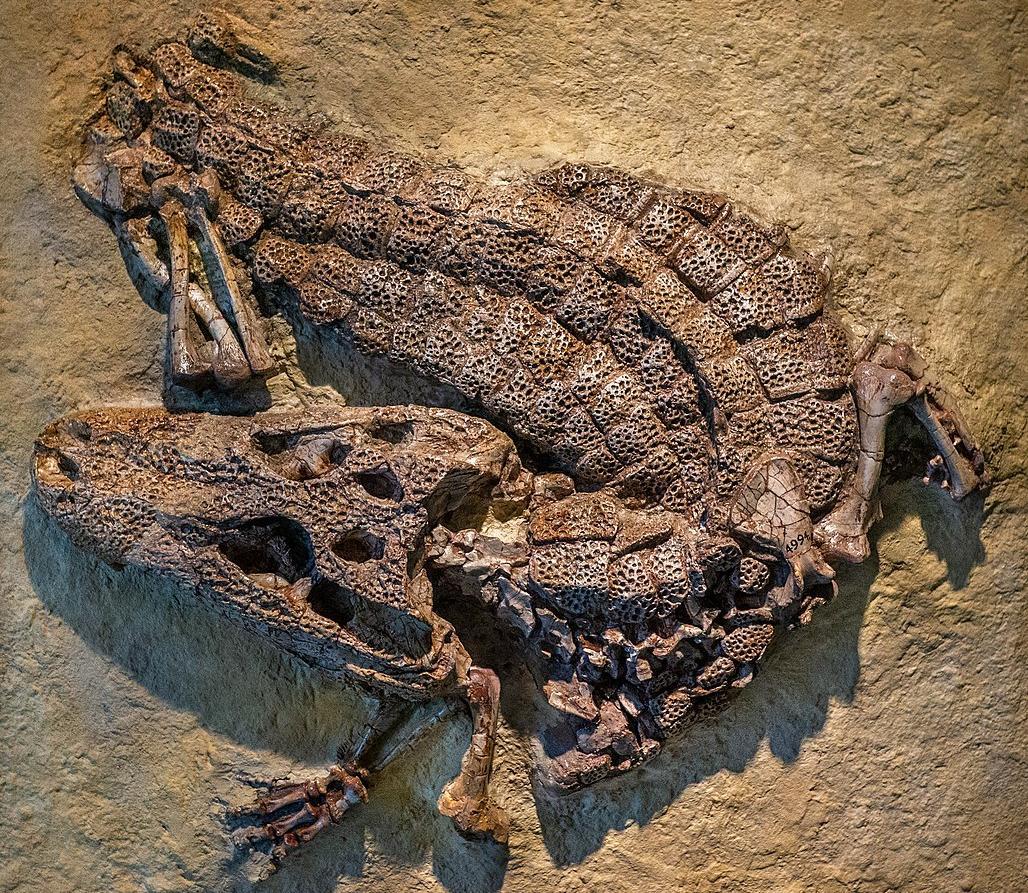
Source: Wikimedia
He continued, “Because the environment is rich in minerals, within days, the mud around the organism can solidify and harden because of the presence of bacteria.”
The Discovery of Terror Crocodiles
Researchers discovered a new species of crocodilian dubbed “terror crocodiles” in 2020. This species is equipped with enormous teeth comparable to the size of a banana and would have no problem taking down a dinosaur.
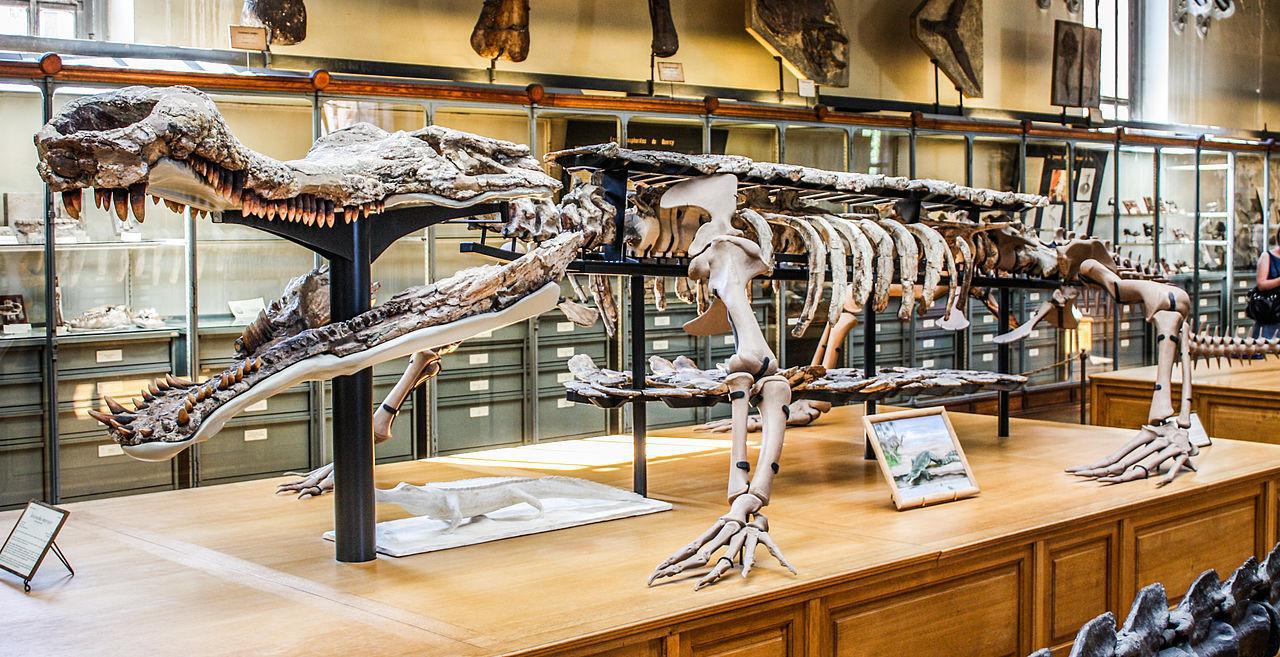
Source: Wikimedia
This discovery, coupled with the evidence of the Confractosuchus Sauroktonos remains, has led researchers to a better understanding of the hunting habits of these prehistoric predators.
